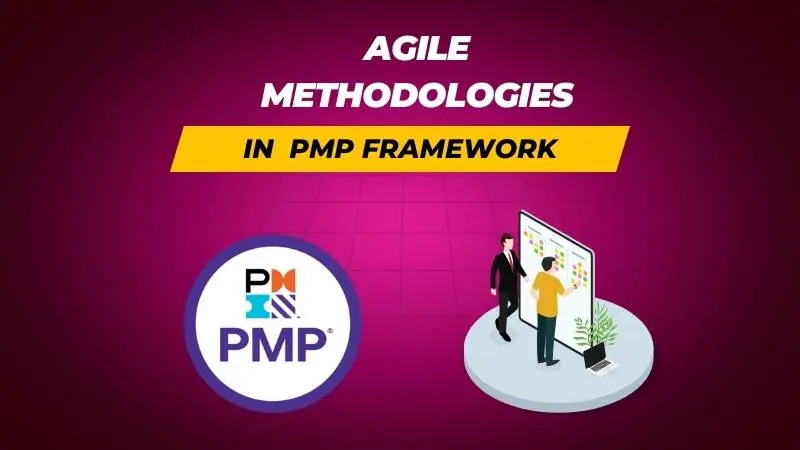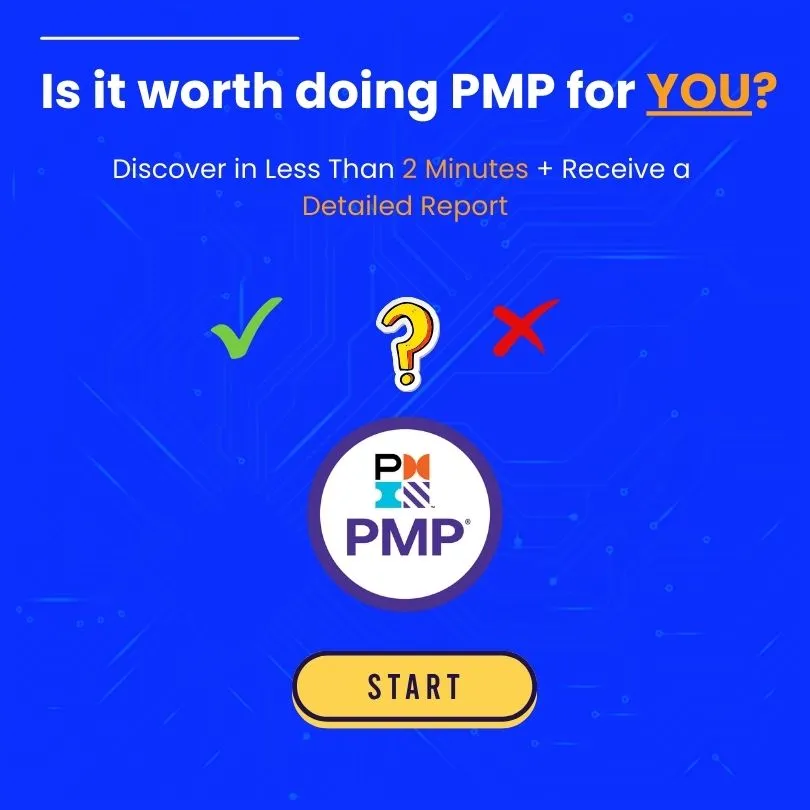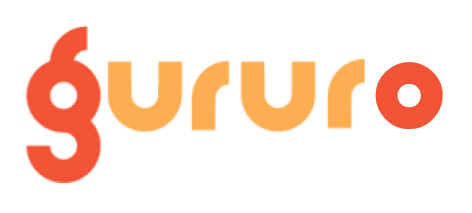Project Management has been evolving rapidly, and as businesses face more complex challenges, their solutions must be adaptive and innovative. Enter Agile methodologies and the Project Management Professional (PMP) framework. This comprehensive blog “Agile Methodologies in the PMP Framework” will explore how these two realms intersect and how you can bridge the gap between them.
Introduction to PMP and Agile
- PMP (Project Management Professional): An internationally recognized certification, it represents a traditional approach to project management, focusing on meticulous planning, control, and a phased approach.
- Agile: A set of methodologies and practices that prioritize flexibility, collaboration, and customer feedback, commonly used in software development but applicable elsewhere.
Why Integrate Agile into PMP?
- Rapid Changes: Agile is built to handle rapidly changing environments, making it suitable for projects where the end goal isn’t clear from the beginning.
- Stakeholder Satisfaction: Agile’s iterative approach ensures that stakeholders see progress and can provide feedback continuously.
- Efficiency: By incorporating Agile practices into PMP, project managers can harness the best of both worlds: structured planning with flexibility.
Integrating Agile Principles into the PMP Framework
- PMP: Define the scope, objectives, stakeholders, and deliverables.
- Agile Integration: Engage stakeholders in defining the product vision and creating a product roadmap. This helps in prioritizing features based on value.
- PMP: Develop a detailed project plan, including timelines, resources, risks, and budgets.
- Agile Integration: Break down the project into smaller, iterative cycles or ‘sprints’. Use backlog prioritization and planning poker for effort estimation.
- PMP: Teams work according to the plan, monitoring tasks and timelines.
- Agile Integration: Conduct daily stand-up meetings to discuss progress, blockers, and next steps. At the end of each sprint, have a review to showcase completed work.
- PMP: Monitor project performance and make necessary corrections.
- Agile Integration: Use metrics like burndown charts and velocity to track progress. Hold retrospectives at the end of sprints to discuss improvements.
- PMP: Deliver the project, obtain approvals, and document lessons learned.
- Agile Integration: Though Agile doesn’t have a strict ‘closing’ in the traditional sense, the completion of product features or reaching a release can be celebrated. Continuous feedback ensures that the product meets user needs.
Challenges and Solutions
- Cultural Shift: Traditional teams may resist the change to a more collaborative and flexible approach.
- Perception: Some see Agile as lacking discipline or as being too unstructured.
- Training: Provide Agile training to teams, emphasizing its benefits. Hybrid Models: Consider using a hybrid approach, combining the structure of PMP with Agile’s flexibility
Tools to Help
- JIRA: Useful for backlog management, sprint planning, and tracking.
- Trello: A visual tool for task management, it integrates well with Agile practices.
- Microsoft Project: While traditionally for structured project management, it has features that can accommodate Agile
Conclusion: Agile Methodologies in the PMP Framework
Bridging the gap between Agile methodologies and the PMP framework isn’t just about combining processes; it’s about creating a mindset shift towards flexibility and collaboration while retaining the benefits of structured planning. As businesses and their projects become more complex, blending the strengths of both PMP and Agile can pave the way for success.
Remember, the goal is to deliver value, and by integrating Agile into the PMP framework, organizations can enhance their ability to adapt, innovate, and meet the demands of an ever-changing world.











